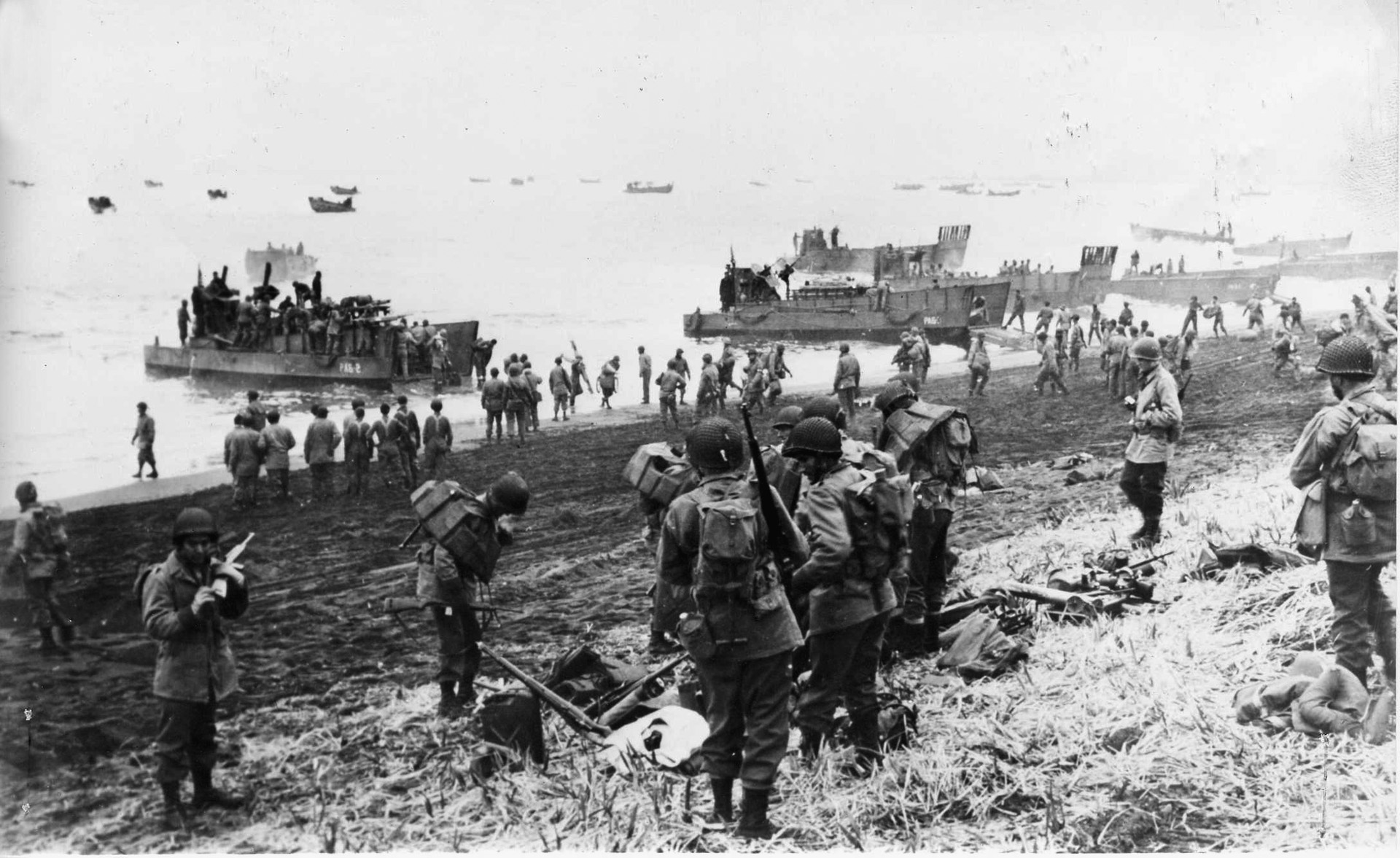If we take a trip back to the 1940's and World War 2, there are few things more iconic and identifiable as distinctly American as the B-17 Flying Fortress. Boeing pulled out all the stops when it came to its competition between Douglas and Martin for the contract to build bombers in the early 1930's. Although that contract was lost because of an unfortunate crash, the B-17 was still purchased and put into service. The reason for this? The B-17 outperformed the competitors in every facet and far exceeded the specifications the U.S. Army Air Corps had set. With a service ceiling of 35,000 feet, the B-17 could avoid most anti-aircraft fire from the ground and really only had to contend with fighters, which it was more than prepared for.

The B-17G (the most prolific variant) was bristling with 13 Browning .50 caliber machine guns, four powerful Wright/Cyclone 1820 engines and able to carry a payload up to 8,000 pounds. This All-American machine induced "vier motor schreck" or "four-engine fear". Although serious fighter opposition could deter the B-17's, their heavy armament and survivability made them a force to be reckoned with during the war. When combined with another American icon, the P-51 Mustang (more on that next week), the B-17 became even more lethal.When all is said and done, the B-17 has earned its rightful place in history as one of, if not the most lethal bomber relative to its time period. Flying missions in daylight deep into German-occupied Europe, the B-17 rained destruction the likes of which had not been seen before upon their foes. Not including the atomic bomb, one could make the case for the B-17 that it was the most important weapon in the Allied powers arsenal. Even to this day at air shows, you can usually find the plane that won the war hosting enamored guests of all ages.




%201.svg)









